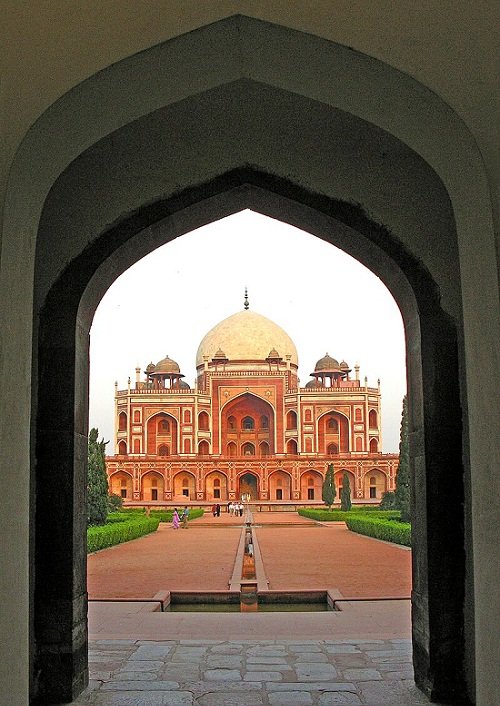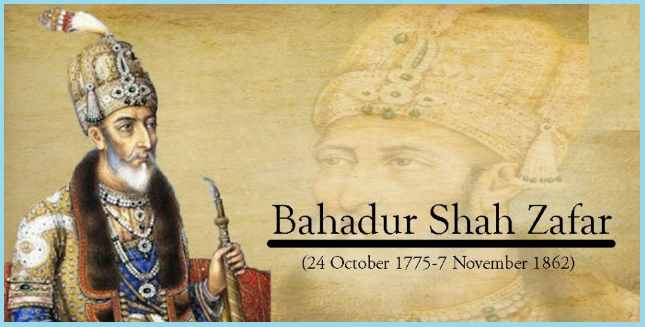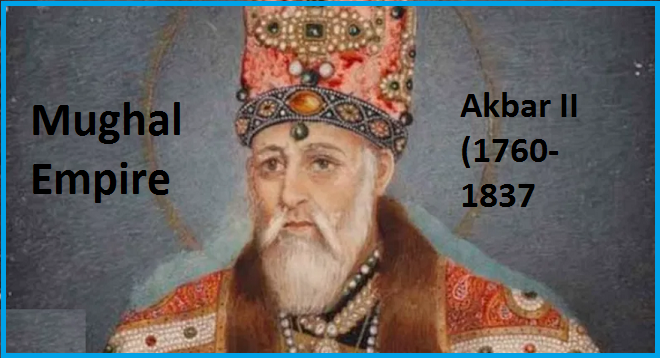Humayun history
Humayun: Background and Early Reign
Humayun, born on March 6, 1508, was the eldest son of Babur, the founder of the Mughal Empire in India. Humayun’s name is often associated with both triumph and adversity. His life was marked by a series of dramatic rises and falls, shaping not only his reign but the future of the Mughal Empire itself.
Humayun inherited the Mughal throne at a young age following his father’s death in 1530. His early reign was filled with challenges from within his empire and from powerful external foes. Although his father’s legacy provided him with vast territories, Humayun’s name became synonymous with struggle due to his lack of consolidated control over the kingdom.


Humayun Strife with Sher Shah Suri: Agra and Lahore
One of the most critical periods in Humayun’s reign came with his conflict against Sher Shah Suri, a fierce and brilliant Afghan leader. Humayun’s name was tied to his inability to effectively confront this rival. Sher Shah’s rise to power was swift, and his military acumen left Humayun’s forces struggling to hold the Mughal Empire together. The battles at Chausa in 1539 and Kannauj in 1540 resulted in devastating defeats for Humayun, forcing him to abandon Agra and seek refuge elsewhere.
Sher Shah Suri’s dominance in northern India temporarily overshadowed Humayun’s name, as Sher Shah took over major Mughal territories, including Delhi and Agra. Humayun’s defeat in these battles marked a low point in his reign, as he had to flee and seek refuge in various regions, including Lahore.

Humayun Meeting with Sikh Guru – Guru Angad Sahib
During his retreat, Humayun’s name became associated with a significant historical event: his meeting with Guru Angad Sahib, the second Sikh Guru. It is said that when Humayun visited the Guru during his retreat, he sought the Guru’s blessings for his troubled reign. This meeting left an indelible mark on the relationship between the Mughal Empire and the Sikhs, adding a spiritual layer to the turbulent history of his rule.
Withdrawing Further: Retreat to Kabul
After his loss to Sher Shah, Humayun retreated to Kabul, where he found temporary respite. Kabul had a symbolic importance for the Mughal dynasty, and Humayun’s name was again tied to this retreat. His return to Kabul marked a period of regrouping and strategizing for his eventual comeback to India. However, the situation was still far from favorable, as his brothers and other internal factions continued to challenge his authority.
Refuge in Persia: Kandahar and Beyond
With his prospects in India dimmed, Humayun sought refuge in Persia, under the Safavid ruler Shah Tahmasp I. This was a pivotal moment in Humayun’s life, as the name of the Persian emperor became crucial to his survival. The Persian king offered Humayun asylum and military assistance, a gesture that played a decisive role in Humayun’s eventual return to power. In exchange, Humayun embraced Shi’ism, which strained relations with Sunni factions back home but ensured Persian support.
With Persian help, Humayun recaptured Kandahar in 1545, a strategic location that allowed him to further extend his influence. His name became associated with a more seasoned leader, one who had learned from his earlier misfortunes.

Humayun Restoration of the Mughal Empire
Humayun’s name began to shine again when he launched his campaign to restore the Mughal Empire. By 1555, with a rejuvenated army and Persian backing, Humayun reclaimed Delhi and Agra, re-establishing Mughal dominance in India. His restoration was brief, however, as he tragically died in 1556 after falling down the stairs of his library. Despite the brevity of his second reign, Humayun’s name was forever linked to the survival and eventual flourishing of the Mughal Empire.
Humayun Marriage Relations with the Khanzadas
Humayun’s marriages played a key role in solidifying political alliances during his reign. His marriage to Hamida Banu Begum, who bore him his famous son Akbar, was particularly significant. However, his earlier marriage to a Khanzada princess tied him to the lineage of Rajput royalty, strengthening his connections with the Khanzadas and other regional powers.
In the annals of the Mughal dynasty, Hamida Banu Begum’s name holds particular significance, for she was not only Humayun’s confidante but also instrumental in ensuring her son Akbar’s succession following Humayun’s demise.
Ruling Kashmir
Humayun’s name is also connected with Kashmir, although his direct rule over the region was short-lived. His interest in Kashmir reflected the strategic importance of the region for controlling northern India. Though he did not govern Kashmir personally for long, his empire’s influence extended into the region.
Humayun Family: Consorts, Sons, and Daughters
Humayun’s name is intrinsically tied to his illustrious family. He had several consorts, but the most notable among them was Hamida Banu Begum. Together, they had one son, Akbar, who would go on to become one of the most revered emperors in Indian history. His daughters were also politically significant, particularly Gulbadan Begum, who authored a memoir providing insight into the Mughal court and Humayun’s reign.
Character
Historians often depict Humayun as a man of contrasts. His name has come to stand for both vulnerability and fortitude. In addition to his strong interest in poetry and astrology, friendliness, and charity, he was also well-known for his lack of military strategy and indecision during the first few years of his reign. But his resilience in the face of hardship and his capacity to reconstruct the Mughal Empire are proof of his willpower.

Humayun Death and Legacy
Humayun’s death in 1556 marked the end of a turbulent but crucial chapter in Mughal history. Although his son Akbar’s enormous legacy frequently overshadows him, Humayun’s contributions set the stage for the Mughal dynasty’s eventual prosperity. His widow commissioned his tomb in Delhi, which is now a UNESCO World Heritage Site and one of the most spectacular examples of Mughal architecture.
Humayun’s name might not have the same grandeur as Akbar or Babur, but without his perseverance and strategic alliances, the Mughal Empire might have crumbled.
Films and Television
Humayun’s legacy and name have also found representation in modern films and television. Many historical dramas have portrayed his journey of ascent, failure, and redemption, making him a compelling figure for contemporary audiences. In popular culture, where his life is presented as a saga of royal intrigue, familial conflict, and eventual survival, his name endures beyond the pages of history.
In summary, history has associated Humayun with conflict, banishment, and ultimate success. Despite all of the difficulties he encountered, his will to revive the Mughal Empire made sure that his son Akbar carried on his heritage. While Humayun’s name may not often conjure images of the strongest or most capable, it unquestionably ranks among the most resilient in Indian history.
Humayun had two notable sons:
Akbar (Jalal-ud-din Muhammad Akbar) – He was born in 1542 and went on to become one of the greatest Mughal emperors, known for expanding the empire and establishing a strong administration.
Mirza Muhammad Hakim – Born in 1553, he was Humayun’s younger son and ruled Kabul for a time, often involved in tensions with his elder brother Akbar.
These two sons were important figures in Mughal history, especially Akbar, whose reign is regarded as one of the empire’s greatest periods.
Humayun had several daughters, but the most notable ones include:
Gulbadan Begum – She is the most famous of Humayun’s daughters, known for writing the Humayun-nama, a memoir that provides valuable insights into the Mughal court and Humayun’s life.
Aqiqeh Begum – She was another daughter of Humayun, though less is documented about her life in comparison to Gulbadan.
Due in large part to their ties to the royal court, these daughters contributed significantly to the preservation of Mughal history and culture.
Humayun had several wives, but the most notable ones include:
Hamida Banu Begum– She was Humayun’s most prominent wife and the mother of Emperor Akbar. She was a major player in the Mughal dynasty, particularly in Akbar’s formative years.
Bega Begum (Haji Begum) – She was Humayun’s senior wife and later commissioned the construction of Humayun’s tomb in Delhi, a famous architectural masterpiece.
Maham Begum – She was another of Humayun’s wives, known for her influence within the royal household.
These wives were instrumental in supporting Humayun and played important roles in Mughal history, particularly in preserving his legacy.
Humayun’s Wives, Sons, and Daughters: Birth and death
Humayun Wives:
Hamida Banu Begum – Married in 1541, passed away in 1604.
Bega Begum (Haji Begum) – Married early in Humayun’s reign, passed away in 1582.
Maham Begum – Another notable wife of Humayun, less is known about her birth and death dates.
Humayun Sons:
Akbar (Jalal-ud-din Muhammad Akbar) – Born on October 15, 1542, and passed away on October 27, 1605.
Mirza Muhammad Hakim – Born in 1553, and passed away in 1585.
Humayun Daughters:
Gulbadan Begum – Born in 1523, passed away in 1603.
Aqiqeh Begum – Less documented about her birth and death.
In summary, Humayun had at least 3 wives, 2 notable sons, and 2 known daughters. Their births and deaths varied, with Akbar being the most significant figure among his children.
27 January 1556 (aged 47), Sher Mandal, Delhi, Mughal Empire (present-day Delhi, India)










